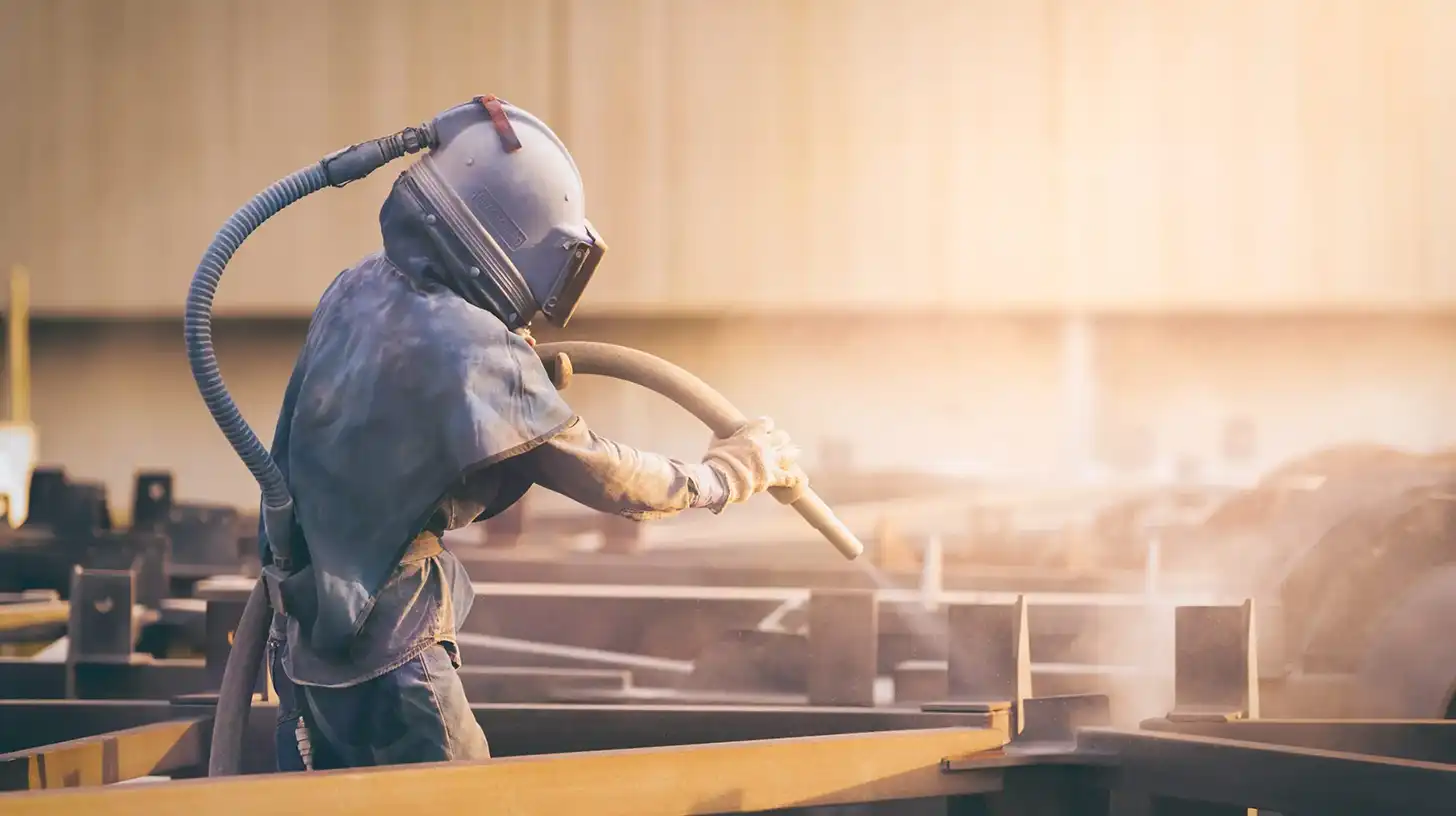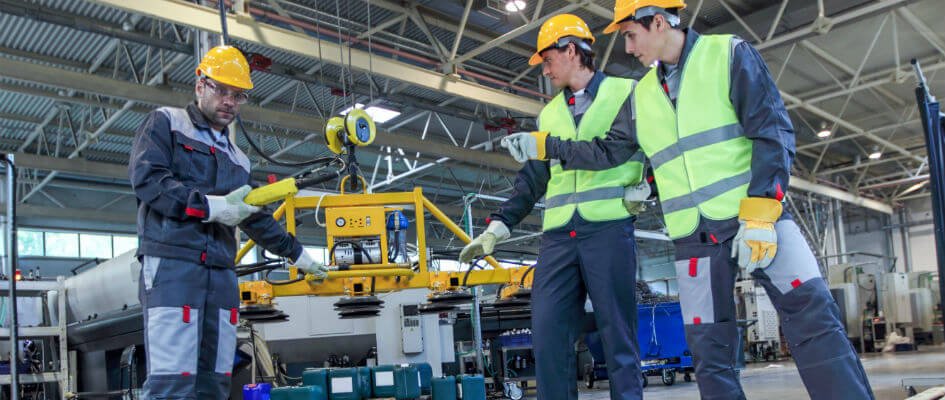Abrasive blasting is a widely used industrial process for cleaning, surface preparation, and finishing of materials such as metals, concrete, and composites. While highly effective, the process involves significant hazards—from airborne particulates to high-velocity impacts—that require careful planning, appropriate controls, and stringent safety protocols to protect workers and the environment.
Understanding Abrasive Blasting
Abrasive blasting involves propelling a stream of abrasive material—such as sand, glass beads, or steel grit—against a surface at high velocity. This process removes contaminants, old coatings, and rust, creating a textured surface ideal for further treatment. Its applications span industries such as automotive, construction, aerospace, and manufacturing.
Key Hazards in Abrasive Blasting
1. Airborne Particulates and Silica Dust
- Hazard: The blasting process generates fine dust particles that may contain crystalline silica, a known respiratory hazard.
- Impact: Prolonged inhalation can lead to silicosis, lung cancer, and other chronic respiratory conditions.
2. Noise and Vibration
- Hazard: High-pressure blasting systems produce significant noise and vibration.
- Impact: Continuous exposure can result in hearing loss and contribute to operator fatigue or musculoskeletal disorders.
3. Abrasive Material Exposure
- Hazard: Direct contact with high-velocity abrasive particles can cause skin abrasions, eye injuries, and lacerations.
- Impact: Workers are at risk of acute injuries, especially if appropriate personal protective equipment (PPE) is not used.
4. Equipment Hazards
- Hazard: Malfunctioning equipment or improper handling of blasting machinery can lead to accidental discharges or blowback of abrasive material.
- Impact: Such incidents pose risks of injury and property damage, potentially leading to significant downtime.
Best Practices for Abrasive Blasting Safety
Engineering and Administrative Controls
1. Ventilation and Dust Suppression
- Ventilation Systems: Install robust local exhaust ventilation (LEV) systems to capture dust at the source and prevent airborne contaminants from spreading.
- Dust Suppression: Utilize wet blasting techniques or dust suppression additives to minimize the generation of respirable dust.
2. Equipment Maintenance and Safeguards
- Regular Inspections: Implement a routine maintenance schedule for blasting equipment to ensure optimal performance and prevent malfunctions.
- Safety Guards: Equip blasting machines with physical safeguards, such as shields and barriers, to protect operators from accidental exposure.
3. Work Area Management
- Isolation: Isolate the blasting area using physical barriers or enclosures to restrict access by non-essential personnel.
- Signage and Training: Clearly mark hazardous zones and provide comprehensive training to all workers on the proper operation of blasting equipment and emergency procedures.
Personal Protective Equipment (PPE)
1. Respiratory Protection
- Respirators: Provide appropriate respirators or powered air-purifying respirators (PAPRs) to protect against inhalation of dust and silica particles.
- Fit Testing: Ensure that respiratory equipment is correctly fitted and regularly inspected for leaks or damage.
2. Eye and Face Protection
- Safety Goggles/Face Shields: Equip operators with goggles or face shields to protect against high-velocity particles and potential chemical splashes.
- Helmet and Hearing Protection: Use helmets with integrated hearing protection to mitigate the risks posed by noise and flying debris.
3. Protective Clothing
- Coveralls and Gloves: Provide chemical-resistant coveralls and gloves to prevent skin contact with abrasive materials and contaminants.
- Boots: Use heavy-duty, non-slip boots to protect feet from falling debris and to ensure stability on potentially slippery surfaces.
Monitoring and Emergency Preparedness
1. Air Quality and Noise Monitoring
- Continuous Monitoring: Use real-time air quality monitors and noise level meters to track environmental conditions during operations.
- Threshold Alarms: Set alarm thresholds to alert workers if hazardous conditions develop, allowing for prompt intervention.
2. Emergency Response Plans
- Spill and Exposure Protocols: Develop detailed emergency response plans that include procedures for accidental chemical spills or dust releases.
- Drills and Training: Conduct regular emergency drills to ensure all personnel are familiar with evacuation routes and first-aid measures.
Conclusion
Abrasive blasting is a powerful and efficient process, but it comes with inherent risks that demand meticulous attention to safety. By implementing effective engineering controls, providing proper PPE, and fostering a culture of continuous training and hazard awareness, companies can significantly reduce the risks associated with abrasive blasting.
Prioritizing safety not only protects workers and prevents costly downtime but also enhances overall operational efficiency and regulatory compliance. Embracing these best practices is key to ensuring that abrasive blasting remains a safe and sustainable part of industrial operations.
Discover more from HSEProHub
Subscribe to get the latest posts sent to your email.



